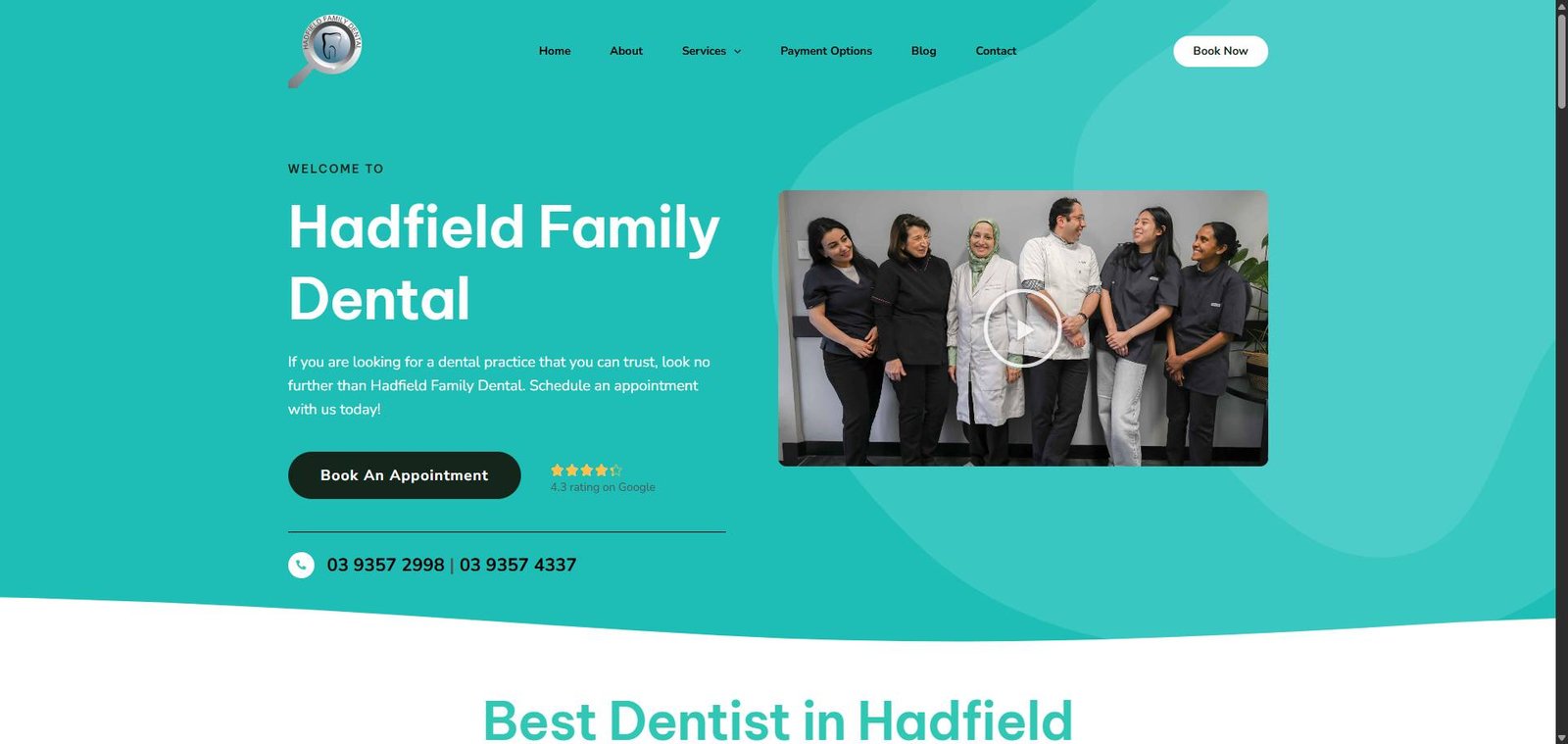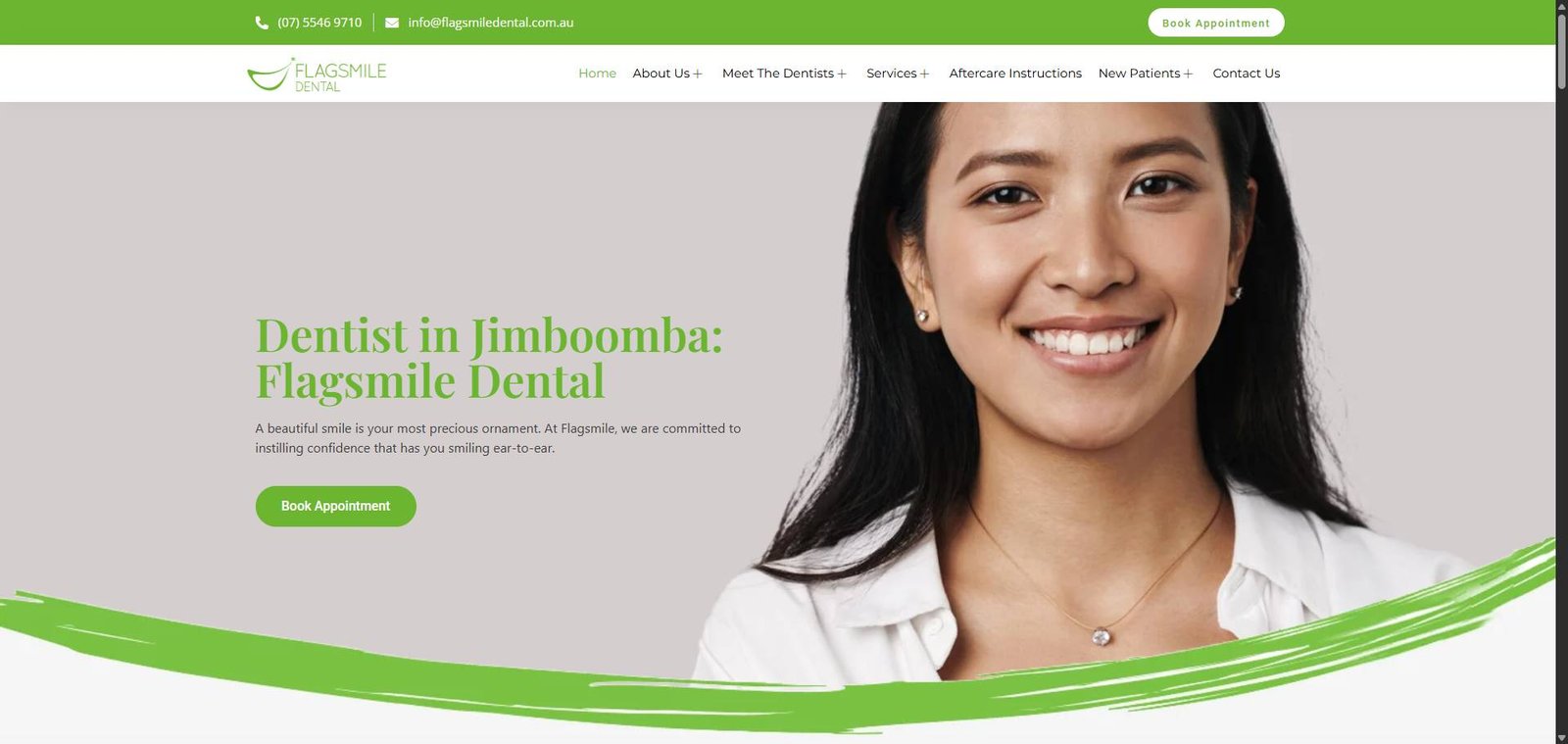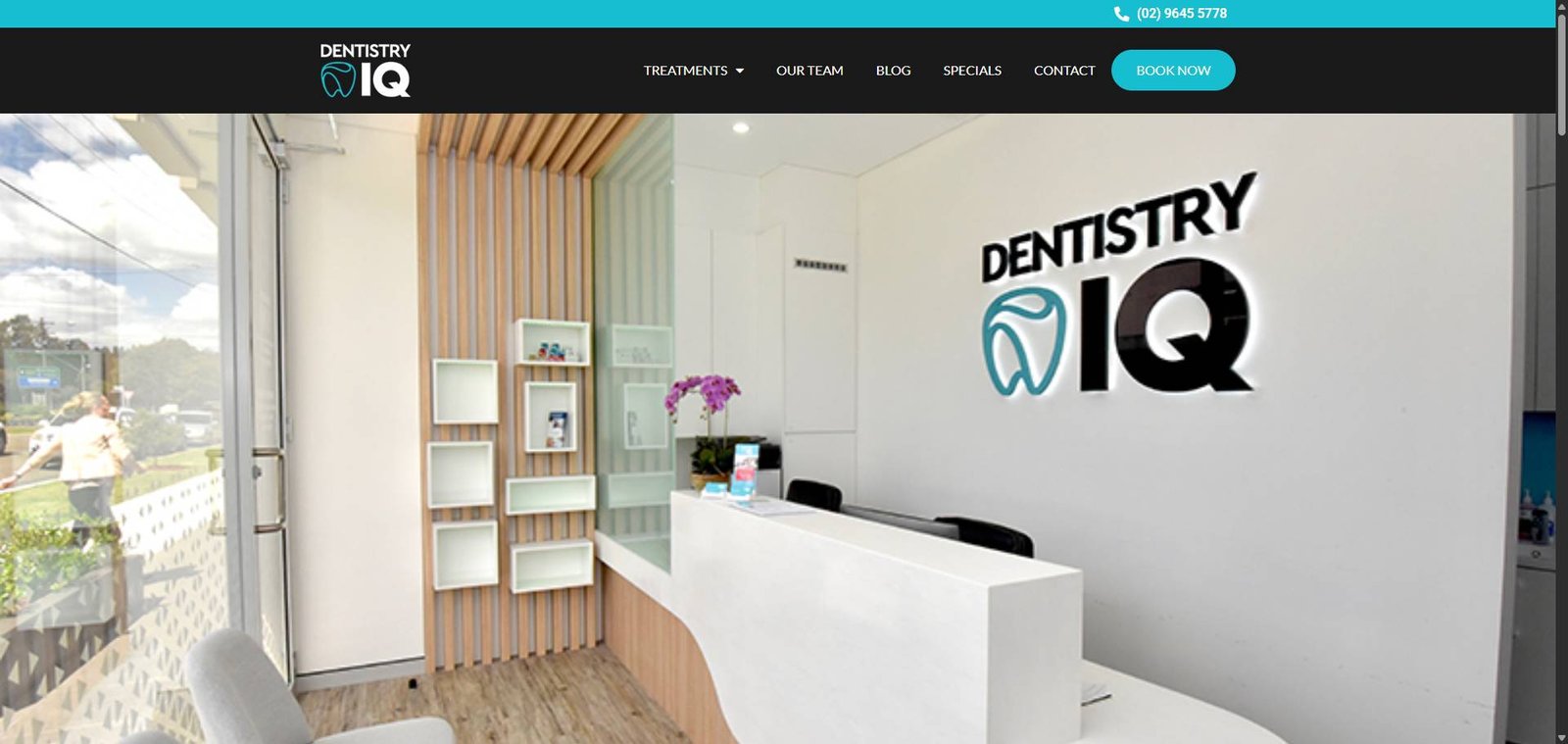If you run a sports medicine clinic, you know that patients often search online first when they need help. Many of them type queries like “ACL tear treatment near me” or “sports medicine clinic for shoulder injury in [city].” These local injury treatment keywords show high intent, meaning the person is actively looking for a clinic nearby. That is why local SEO is one of the most effective ways to connect with the right patients. At Pracxcel, we work with healthcare providers to help them stand out in local searches and attract patients who need care now.
Understanding How Patients Search for Sports Medicine Services
Patients rarely search for “sports medicine clinic” alone. Instead, they look for specific treatments based on symptoms or injuries. A runner may type “knee pain doctor near me,” while a parent might search “concussion treatment near [suburb].” These searches usually combine the injury with a local modifier, which makes them valuable for your clinic. By understanding search behavior, you can match your content and service pages to the way people look for care.
Core SEO Principles for Sports Medicine Clinics
To rank well, your clinic website needs to follow some basic SEO principles:
- Entity-based optimization: Highlight your clinic, physicians, and the conditions you treat. This helps Google connect your clinic with relevant injury searches.
- Trust signals: Use clear information about your team’s experience and treatment methods. Adding case studies or recovery stories builds authority.
- NAP consistency: Make sure your clinic’s name, address, and phone number are the same across your website, Google Business Profile, and directories.
These steps give your clinic credibility and support higher visibility in local searches.
Targeting Local Injury Treatment Keywords
The key to attracting patients is matching your services with condition-based searches. For example:
- “ACL reconstruction surgeon in [city]”
- “Rotator cuff treatment near me”
- “Sports medicine for tennis elbow [city]”
By creating keyword clusters around common injuries, you cover the main conditions that bring patients to your clinic. Long-tail searches like “hamstring injury doctor near [city]” are especially valuable because they indicate a patient is ready to book care.
Optimizing Google Business Profile for Sports Medicine
Your Google Business Profile (GBP) is often the first thing a patient sees. You can make it work harder for your clinic by:
- Listing injury-specific services, such as “knee injury treatment” or “ankle sprain rehabilitation.”
- Posting updates about seasonal injuries, sports rehab programs, or new treatment options.
- Adding photos and videos of your clinic, rehab facilities, and sports recovery equipment.
- Asking patients to mention their injury in reviews, such as “Dr. Lee helped me recover from an ACL tear.”
This approach boosts relevance and increases your chances of appearing in the map pack.
On-Page SEO for Injury-Focused Pages
Your website should have dedicated service pages for each major injury you treat. For example, separate pages for ACL tears, rotator cuff injuries, or concussions. Each page should cover:
- Symptoms patients may notice
- Treatment methods available at your clinic
- Expected recovery timelines
- Clear calls to action like “Book a consultation in [city] today”
Schema markup for local businesses and medical services can further help search engines understand your pages.
Content Marketing Around Injury & Recovery Topics
Publishing blog posts on common injuries builds topical authority. Some examples include:
- “Top 5 Running Injuries and How Sports Medicine Clinics Treat Them”
- “When to See a Sports Medicine Doctor for Shoulder Pain”
- “How Sports Medicine Helps Student Athletes Recover Faster”
These blogs should link back to your service pages so readers can easily move from information to booking. If you need help creating this type of content strategy, Pracxcel offers healthcare SEO services that focus on building authority for local clinics.
Building Local Authority Through Backlinks
Local authority helps your clinic rank higher. You can grow this by:
- Partnering with gyms, schools, and sports clubs to earn mentions.
- Sponsoring community events like marathons or local tournaments.
- Building relationships with physiotherapists, chiropractors, or local health bloggers who may link to your site.
These backlinks signal to Google that your clinic is trusted in the local community.
Tracking & Measuring SEO Success
SEO for sports medicine should always be measured. Key metrics include:
- How often your clinic shows up in the map pack
- Click-to-call actions from your GBP
- Appointment bookings from your website
- Seasonal changes in injury-related keyword traffic
Using tools like Google Search Console and GBP Insights helps you see progress and adjust your strategy based on sports seasons or local trends.
Conclusion
Sports medicine clinics face strong competition, but you can stand out by targeting local injury treatment keywords. Patients rarely search for general terms. They look for answers tied to their specific condition and location. By focusing on service pages, GBP optimization, and content around common injuries, you can capture those searches and bring in more qualified patients. Pracxcel works with healthcare providers to build clear, measurable SEO strategies that connect clinics with patients searching for injury care.







